1. **Introduction to ETAP** ETAP is renowned in the field of electrical engineering for providing a robust platform for power system analysis, simulation, and monitoring. Used by engineers globally, ETAP offers features that optimize efficiency and enhance reliability in power systems management.
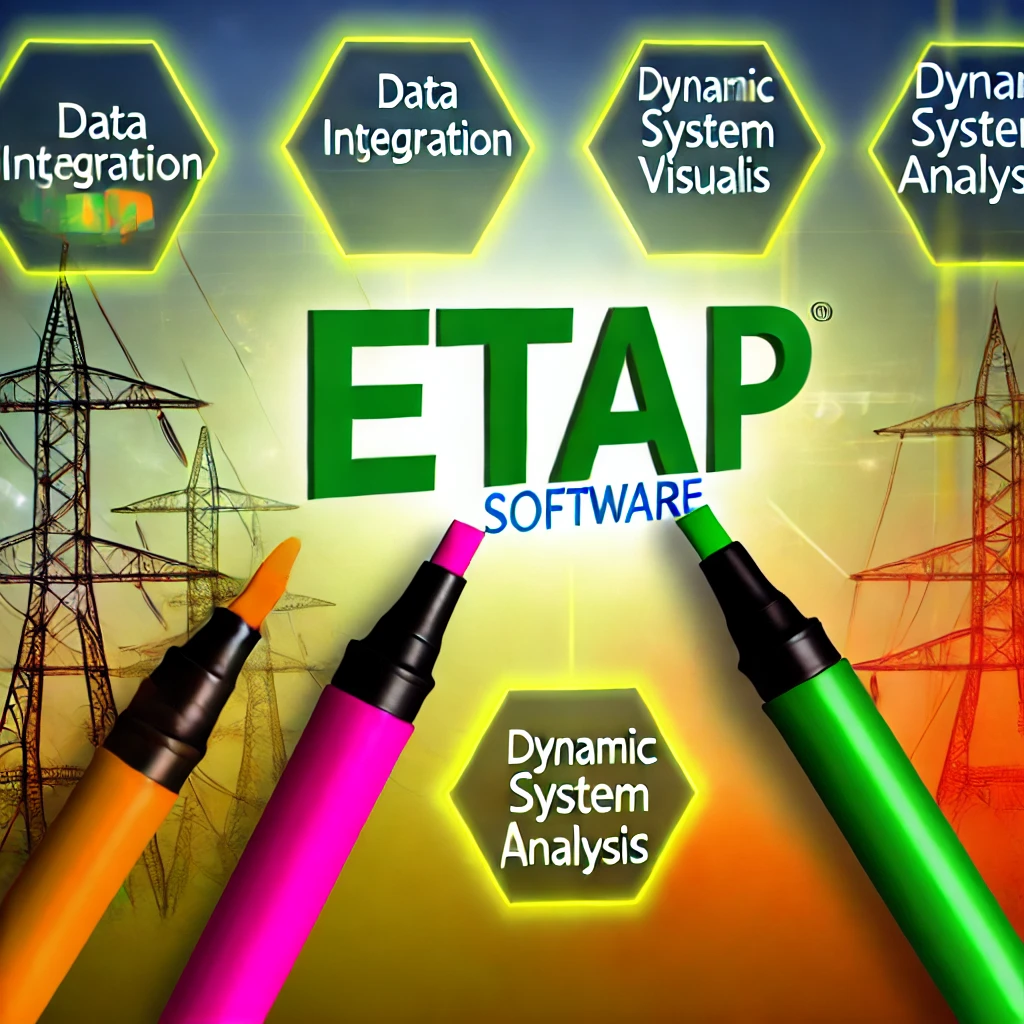
2. **Key Features and Advantages of ETAP** ETAP supports a wide range of analyses, including load flow, short-circuit, and arc flash studies. With its real-time data capabilities, ETAP enables engineers to monitor and respond instantly to system changes.
3. **ETAP vs. PowerFactory** Compared to PowerFactory, ETAP provides a more user-friendly interface with extensive real-time monitoring, making it preferable for on-site system management and control.
4. **ETAP vs. SKM PowerTools** While SKM PowerTools excels in short-circuit analysis, ETAP’s broader range of modules, like stability analysis and energy management, gives it a significant edge.
5. **ETAP vs. DigSILENT PowerFactory** DigSILENT PowerFactory is known for its network modeling, but ETAP’s advanced real-time simulation tools make it ideal for dynamic system analysis.
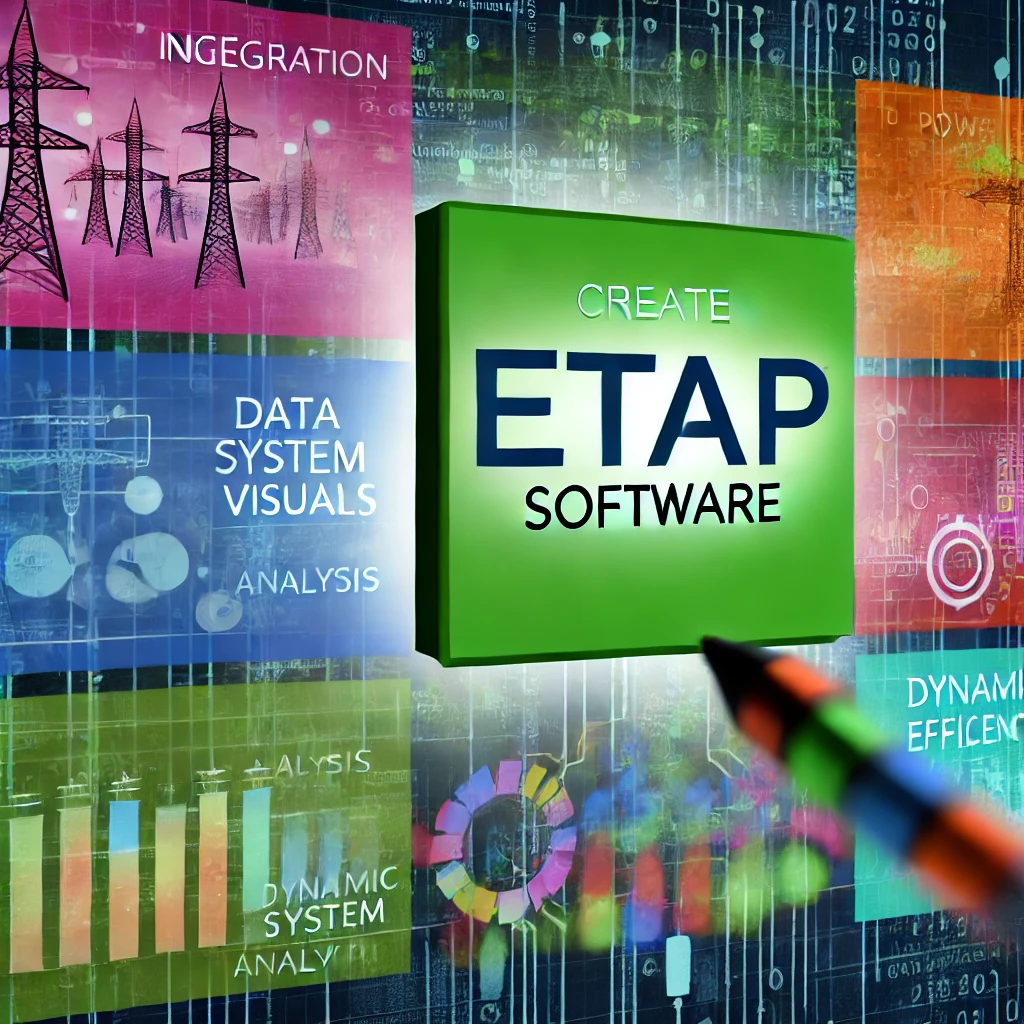
6. **Real-Time Monitoring Capabilities** One of ETAP's key strengths is real-time monitoring, which integrates live data from sensors, helping engineers address system challenges instantly.
7. **Applications in Load Flow and Fault Analysis** ETAP’s load flow and fault analysis tools allow precise system diagnostics, helping to maintain system stability under variable loads.
8. **Comparing ETAP with PSCAD** PSCAD is strong in electromagnetic transients, but ETAP’s comprehensive suite for power flow and arc flash studies makes it more versatile for diverse engineering applications.
9. **Environmental Impact and Energy Management** ETAP provides tools for assessing emissions and optimizing energy use, aiding cities and industries in achieving sustainability goals.
10. **ETAP vs. PowerWorld Simulator** PowerWorld Simulator is suitable for educational purposes, but ETAP’s professional-grade tools for real-world applications make it the top choice for complex projects.

11. **User Experience and Interface** ETAP’s interface is designed for ease of use, allowing engineers to access complex tools efficiently, a feature not as prominent in many alternatives.
12. **ETAP vs. CYMCAP** CYMCAP focuses on cable capacity analysis, while ETAP’s broader capabilities cover complete power system infrastructure management.
13. **Future-Proofing Urban Mobility with ETAP** ETAP helps cities prepare for future growth by modeling various scenarios and their impacts on power systems, making it an ideal choice for urban planning.

14. **Conclusion** Overall, ETAP’s extensive module suite, real-time capabilities, and user-friendly design make it an indispensable tool in power systems engineering, setting it apart from other software like PowerFactory, PSCAD, and SKM PowerTools.

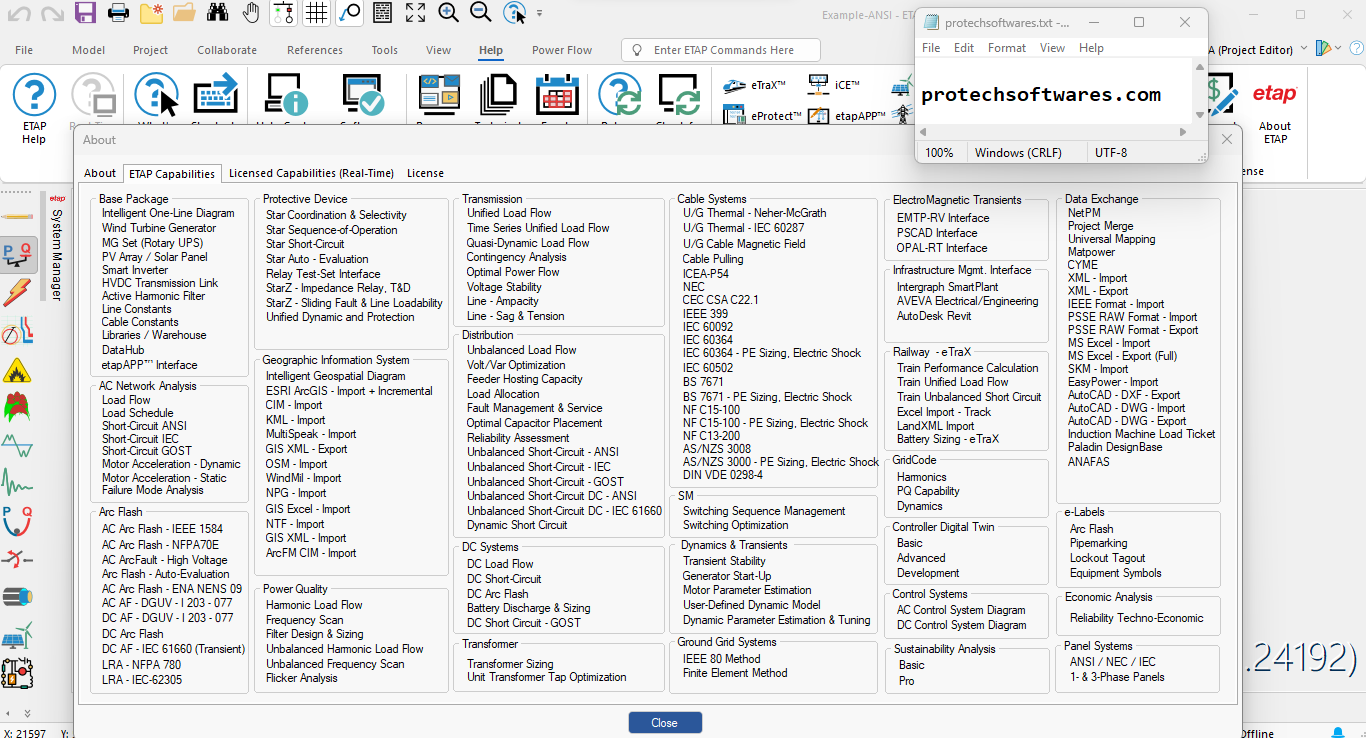
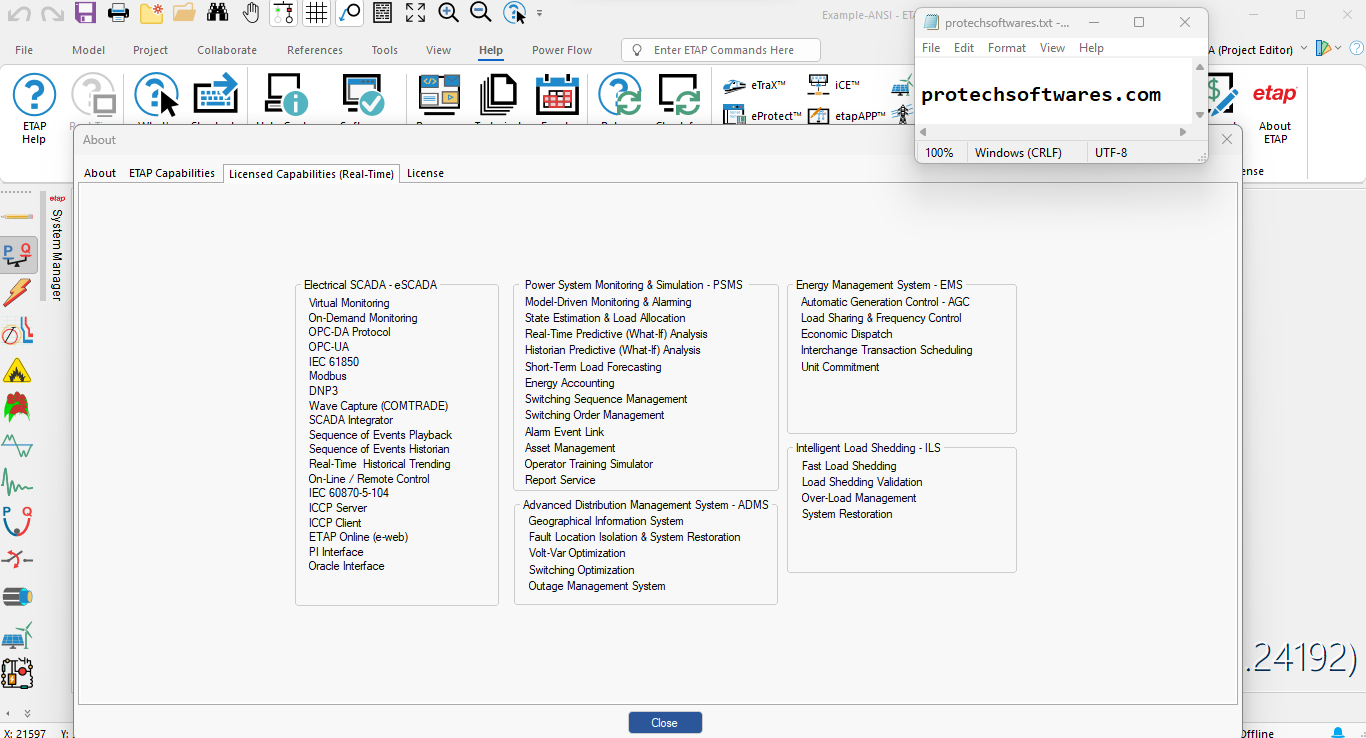
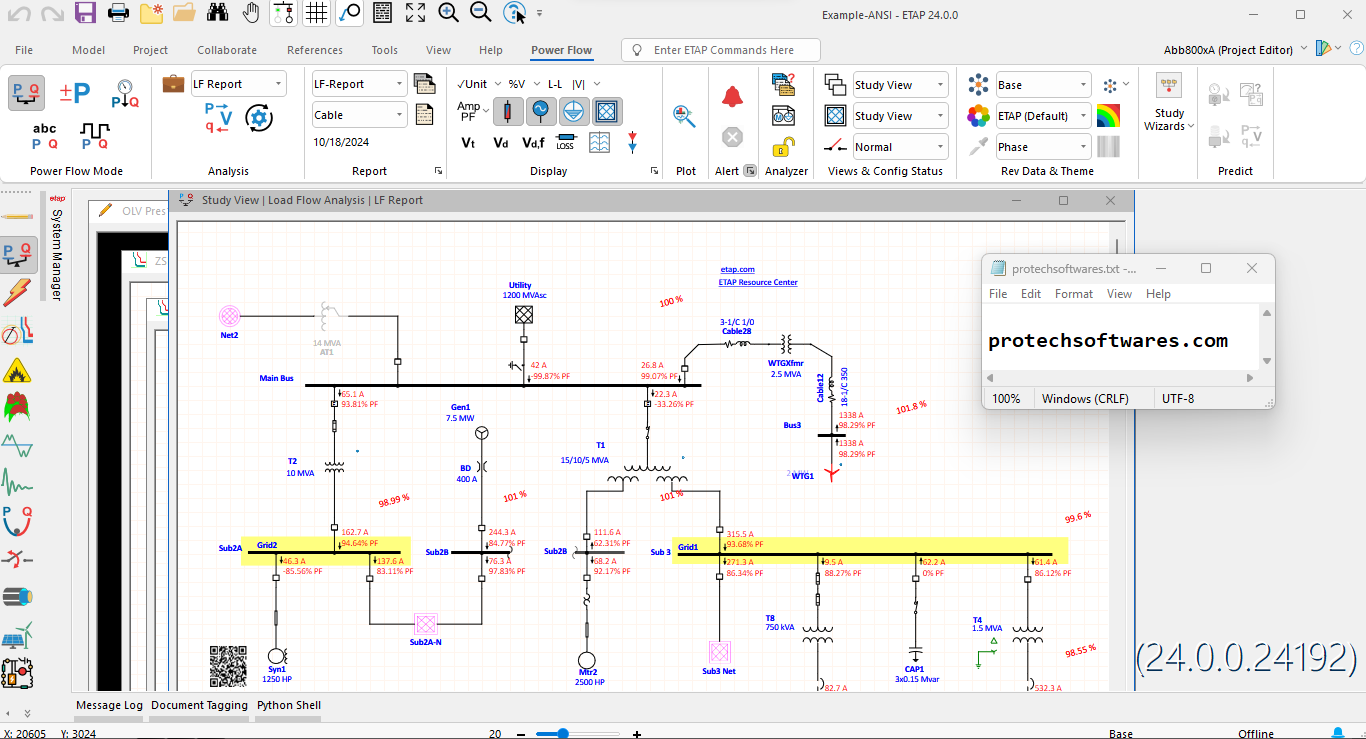
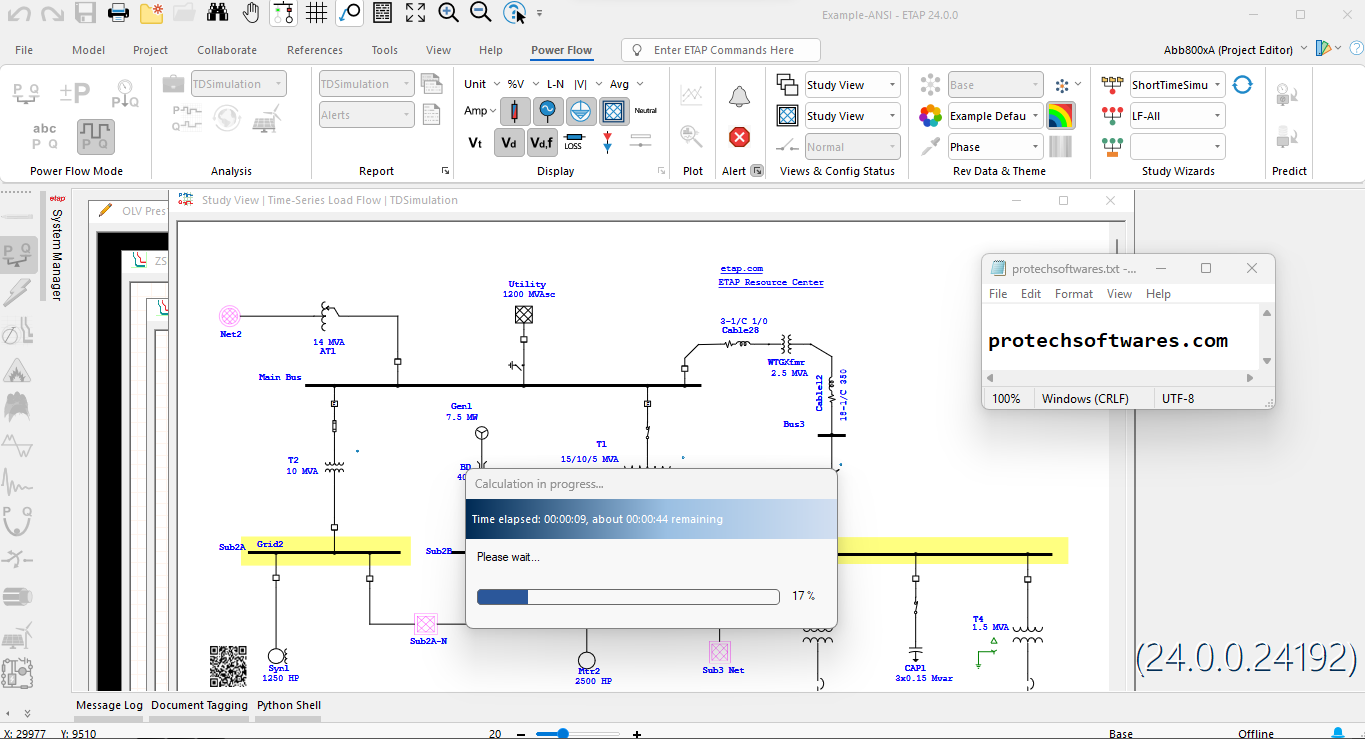
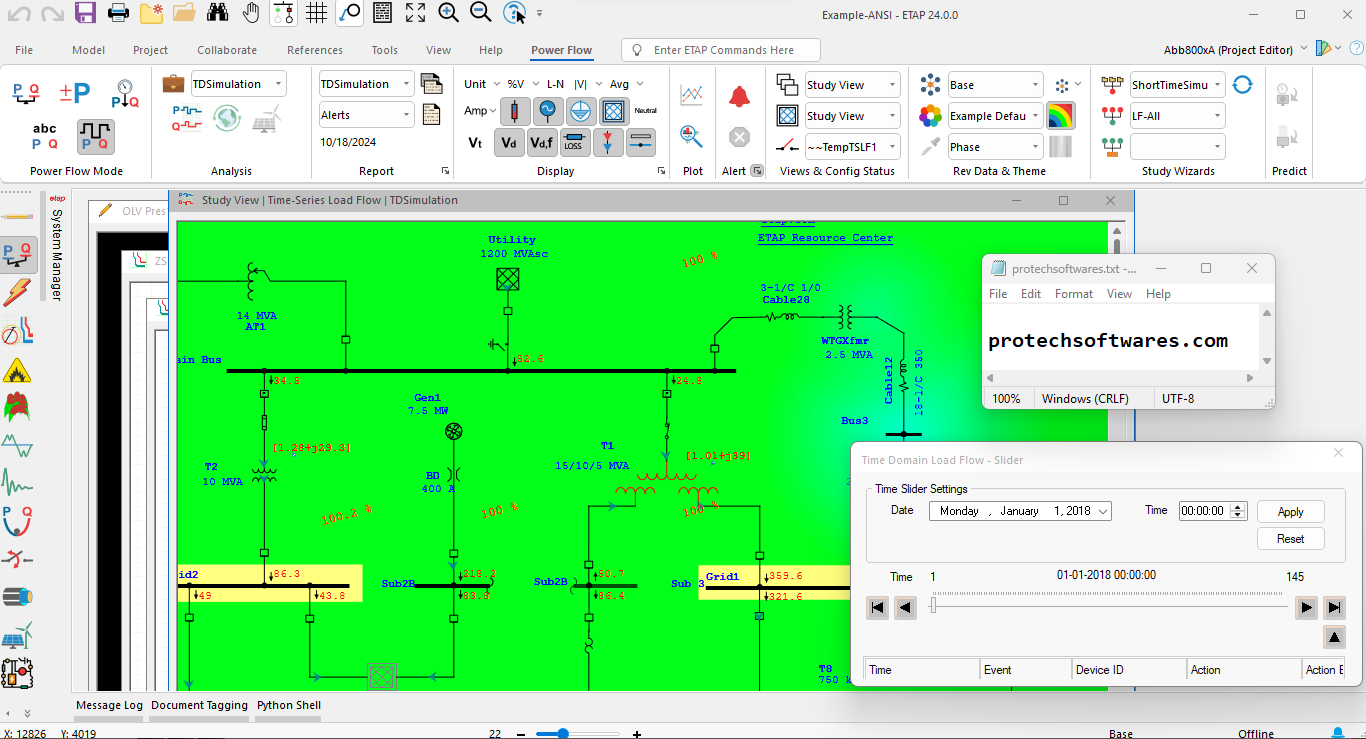
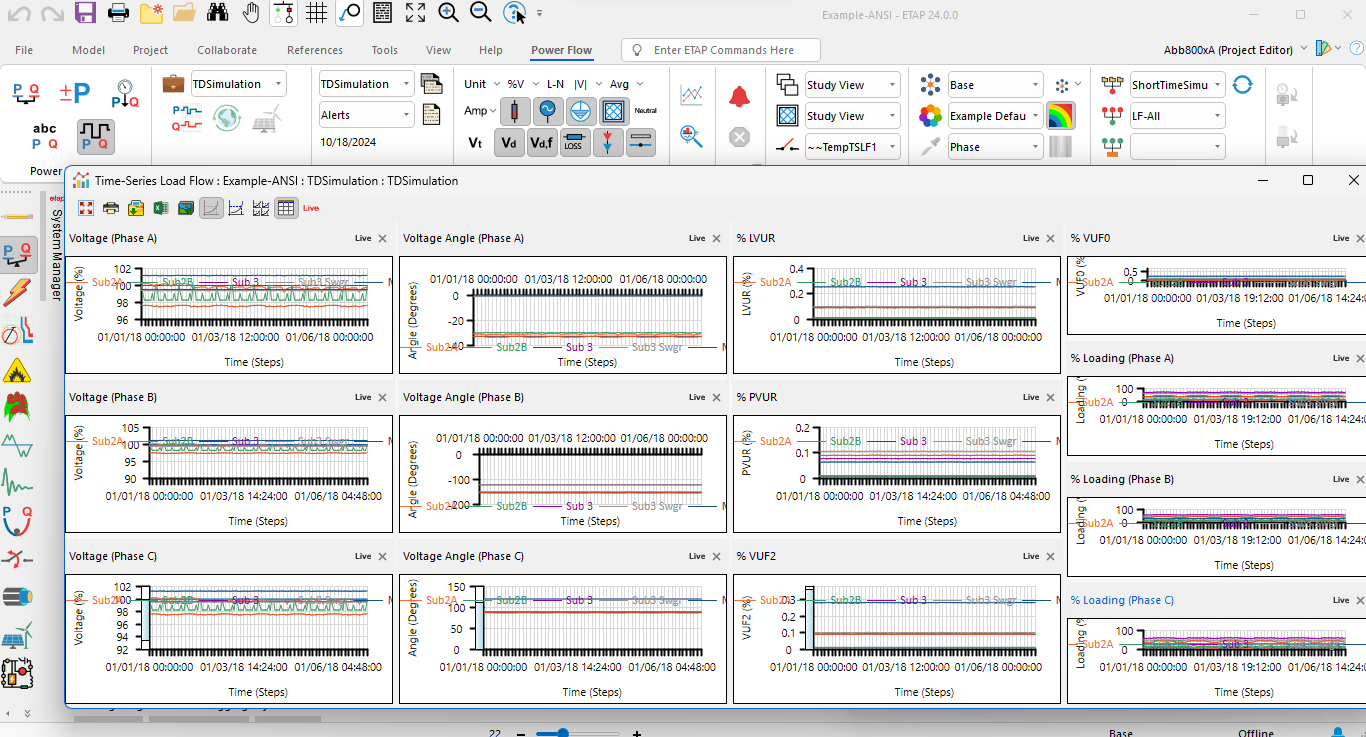
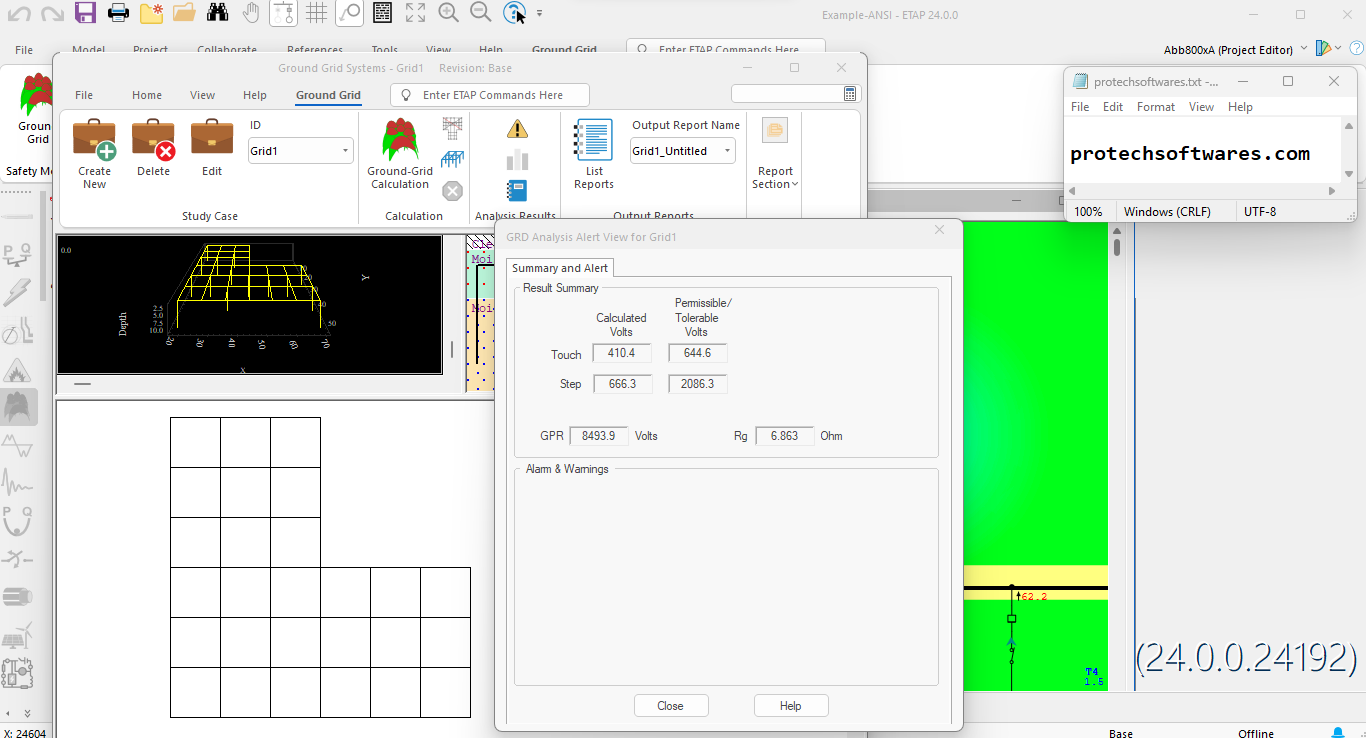
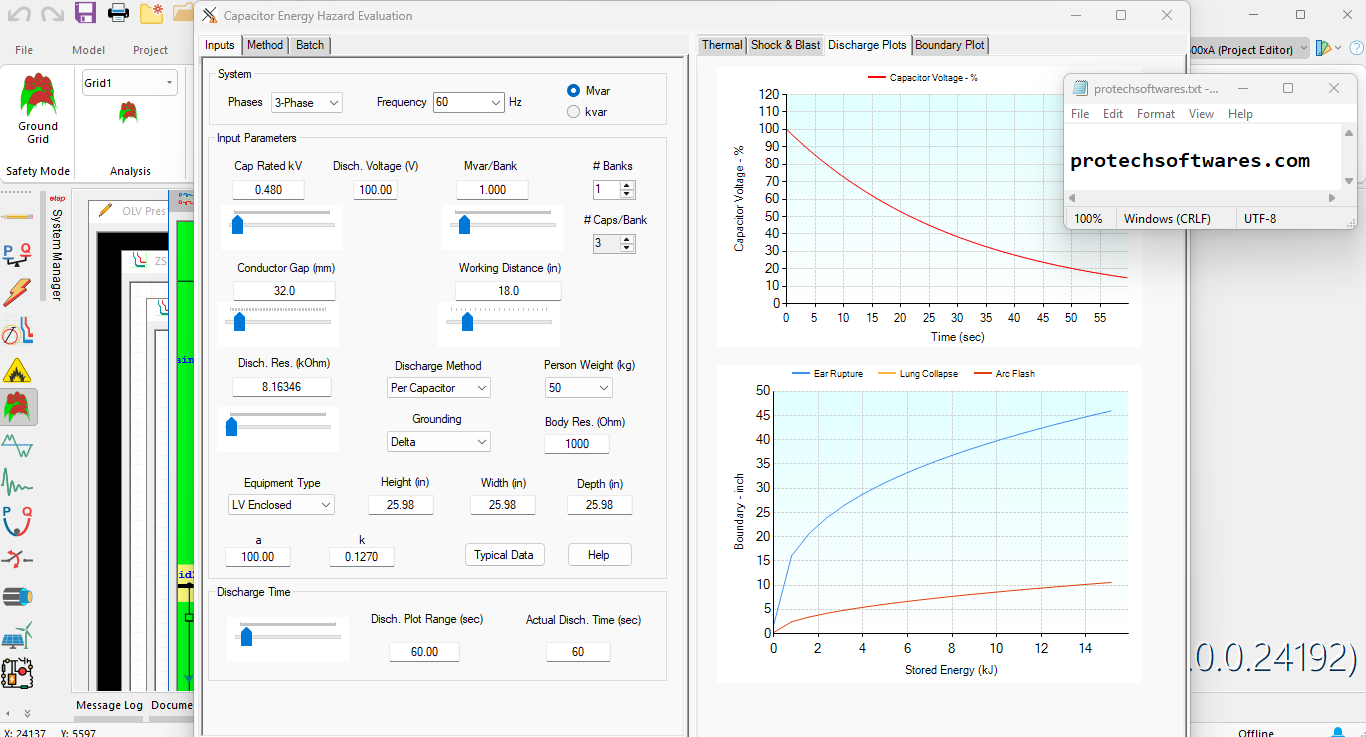
Leave a Comment